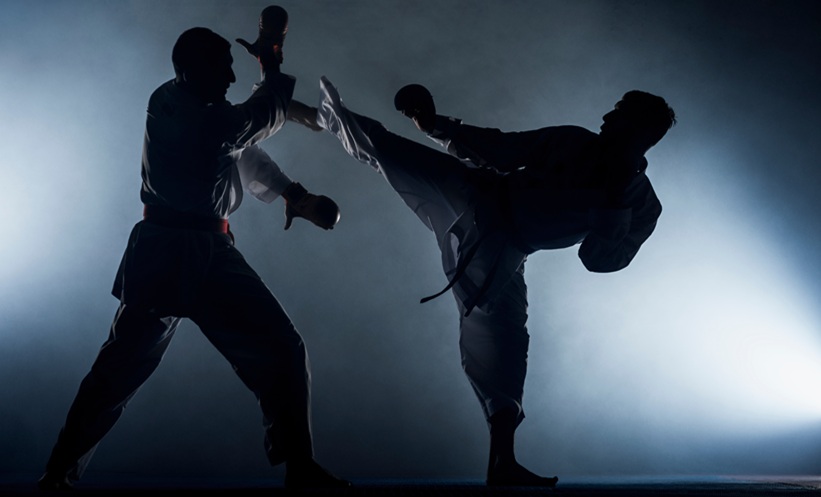OLYMPIC combat sports (OCS), including boxing, judo, karate, taekwondo, wrestling, and fencing, are known for their complex physical demands, requiring agility, muscular strength, balance, endurance, and flexibility. A recent systematic review and meta-analysis has explored how these disciplines impact physical fitness in non-athlete students across school and university levels globally.
The study examined six key outcomes: muscle strength, standing long jump, vertical jump (Sargent test), cardiorespiratory fitness, flexibility (sit-and-reach), and VO₂max. Findings revealed that OCS interventions significantly improved standing long jump performance, likely due to the emphasis on explosive horizontal movements such as kicks and throws inherent in sports like taekwondo and judo. These enhancements are thought to stem from neuromuscular adaptations, including improved motor unit recruitment and muscle fibre activation.
Flexibility also improved markedly, as shown in better sit-and-reach test scores. The repetitive, dynamic movements, such as high kicks in taekwondo or judo throws, mirror ballistic stretching techniques, promoting an increased range of motion in joints. The integration of static stretching into OCS sessions further supports this flexibility development.
However, the review found no significant improvements in vertical jump (Sargent test) or cardiorespiratory fitness when compared to traditional physical activity controls. This could be attributed to the specificity of combat sport movements, which prioritise horizontal over vertical power, and the intermittent nature of combat sports not fully mimicking the continuous aerobic effort required to improve VO₂max.
Interestingly, the review notes that university students benefited most from sessions lasting under 60 minutes, especially in enhancing lower-body flexibility. Moreover, OCS appeared more effective than standard physical education in increasing upper-body muscle strength, potentially due to the grappling and striking demands of these sports.
In summary, OCS interventions provide valuable physical benefits for non-athlete students, particularly in lower-body power and flexibility. These findings support the inclusion of combat sports in school and university fitness programmes as a functional and engaging alternative to traditional physical education.
Reference
Hernandez-Martinez J et al. Effects of olympic combat sports on physical fitness in non-athlete students: a systematic review with meta-analysis. Front Physiol. 2025;16:1620621.








